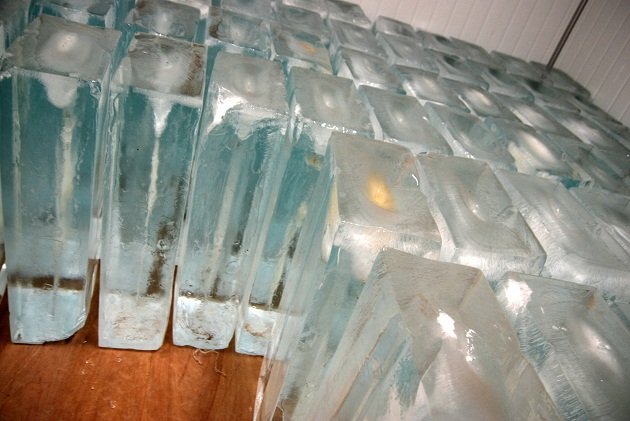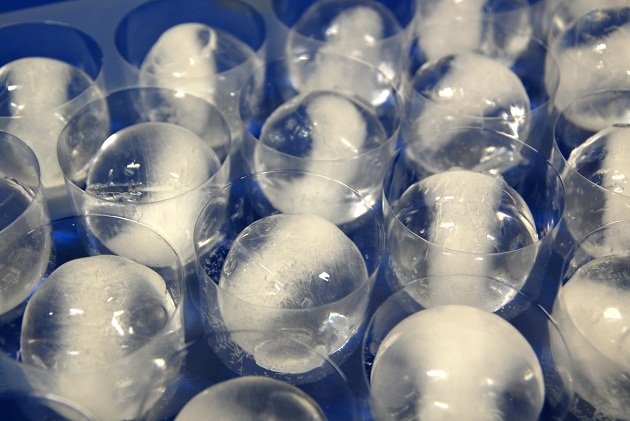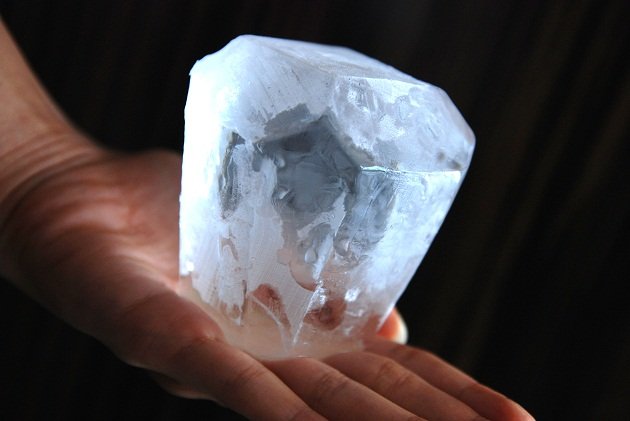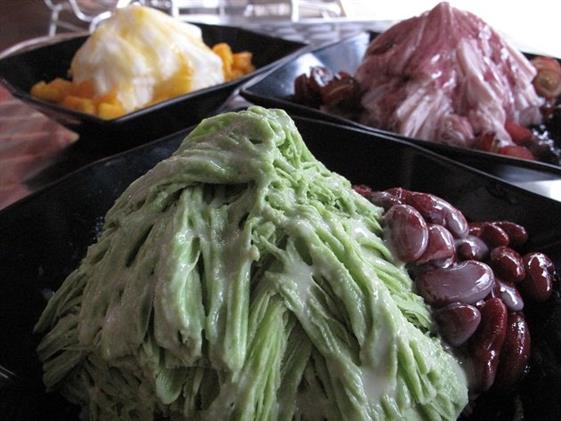
More Than Meets The Ice
By Sheere Ng - Friday, Aug 24, 2012
Sometimes it looks rotund, sometimes, square. On some days it is smokin’ but on bad days it is frosty. It is smooth enough to sweep you off your feet yet it can be so biting that it hurts. It can be anything you want it to be because you call the shots. Ain’t it cool.
We are talking about ice, of course, those little cool blocks and cubes of summer relievers.

From the wet markets to the hawker centres, cafés as well as the upmarket bars, it is everywhere and in more varied forms than what the Fantastic Four’s Iceman can freeze you up with.
Fishmongers
At the fishmonger’s where it is vital to keep the seafood looking their best through the day, it is crushed into fine pieces for a few practical reasons.
“Crushed ice can be compacted and it doesn’t bruise the fish like large ice cubes do when we pack them in a box,” says Mr Ewee, a fishmonger at Teban Place Market.
Coffeeshops
Ever experienced a brain freeze while trying to finish a soft drink before the ices melt? If they had come in the right shape, you wouldn’t have to suffer so much.
There are two types of ice that coffeeshops offer – cuboid as well as cylinder chunks with a hole in the middle. (According to Tuck Lee, a local ice factory, the hole in the latter was where the refrigeration pipe of the industrial ice maker machine ran through.)
The rotund cylindrical ice, especially those with wider holes in the middle (from bigger refrigeration pipes which reduce production time), has bigger surface area than an ice cube so it tends to melt faster (although it cools your beverage quicker too). So brace yourself for another round of brain freeze when you see them in your cup.
Bars
In exclusive bars, ice comes in enlarged version to match the premium whiskeys.
Bartenders use only one palm-size ice ball instead of multiple ice cubes for drinkers who have them on-the-rocks. Mr Akihiro Eguchi, head bartender of Waku Ghin, even personally hand-carve the ice balls because, he says, those available in the market are of “not good quality”.

Factory made ice balls have too many air pockets, he explains, which cause the ice to melt faster. Which is why he spends 15 to 20 minutes every day to shape an ice block (from the factory but has less air pockets than the ready-made ice balls) into a sphere. He then reset it in the freezer over a night and then does a final shaping the next day.
Mr Eguchi also does a fancier diamond-shaped ice for better aesthetic effect.

Dessert shops
It provides an instant respite from the heat when consumed directly, especially in shaved, crushed and blended sorbet-like form. Ice is hence not a mere cooling agent but has become food itself.
From hand-crushed ice pebbles to machine-shaved ice kachang, these ices are small enough to put into one’s mouth comfortably yet big enough to chew on.
Of late, folks are also enjoying Snow Ice, which has a milky flavour and a cottony-like texture that will melt upon contact with the palate. Its unique texture and flavour, according to Tuck Lee, comes from the blend of water and formulae milk. Desserts stalls flavour Snow Ice with a host of fruits.

Sometimes, it is neither the shape nor textures of ice that change but the water source. Tuck Lee also offers ice cubes made of mineral water from New Zealand, targeting the “connoisseurs who do not like that taste of tap water”, says Mr Aleste Lim, the company’s Senior Sales and Marketing Executive.
As expectations of ice become more particular and demanding, there is no doubt that it will transform into even greater varieties than what is seen today.


